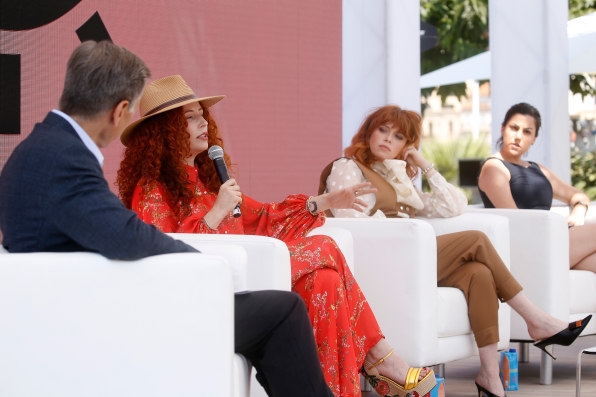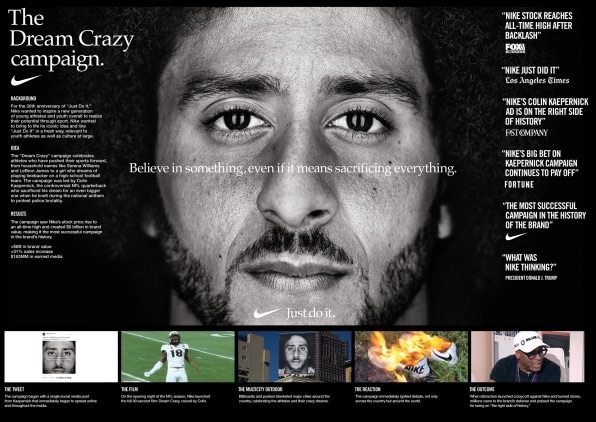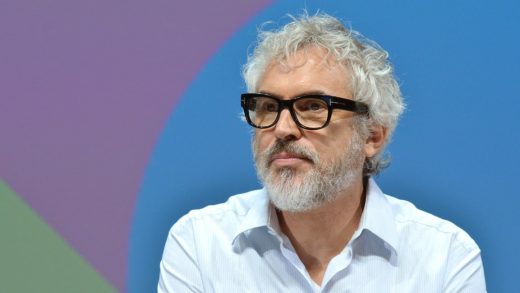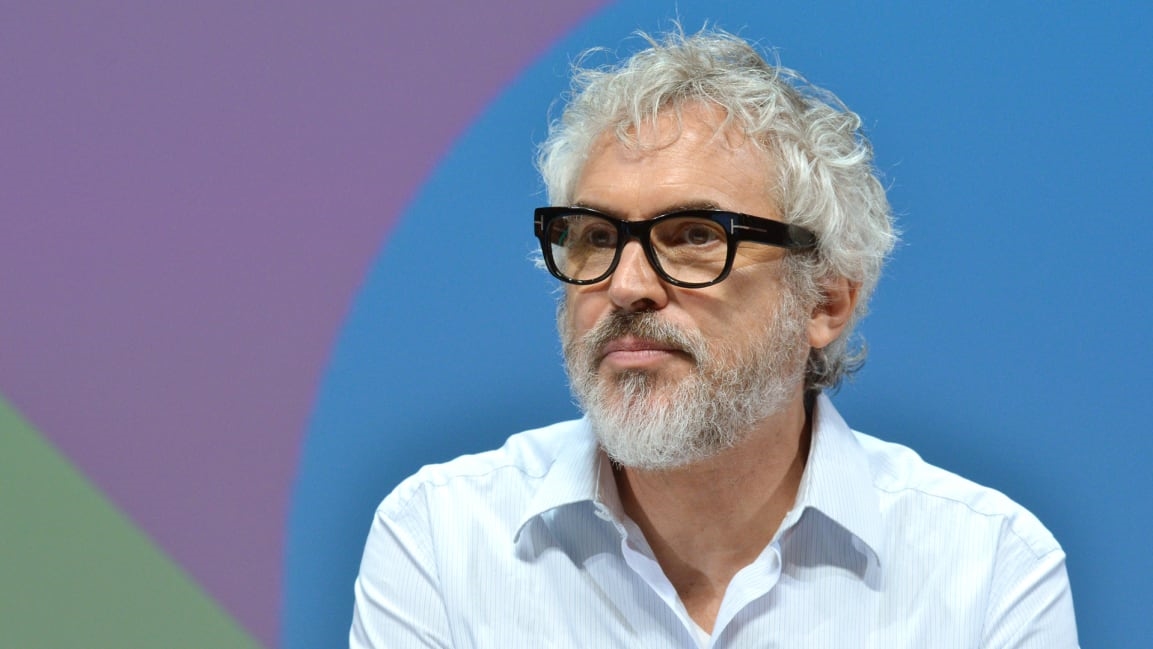What Netflix’s Oscar winner ‘Roma’ can teach brands about social impact
It’s Tuesday on the Croissette. Here’s the buzz on what’s happening at the Cannes Creativity Festival:

[Photo: courtesy of Cannes Lions]
Stars, they’re just like us: Tuesday’s Hollywood-heavy program featured Natasha Lyonne, star of Netflix’s Russian Doll, talking about the expansion of director (and 2018 Fast Company Most Creative People honoree) Alma Har’el’s Free The Bid initiative. Called Free The Work, it plans to include far more than directors as well as increase the number of women, trans identifying, nonbinary, and underrepresented creators involved in all aspects of filmmaking. (Cool.) Big Little Lies‘ Laura Dern was in a session called “The Future of Prestige Content in the Streaming Age,” (I think we’re going to be okay), and The Office‘s Rainn Wilson, cofounder of SoulPancake, featured in a creative brainstorming session. (Sure, can’t hurt!) Oh, and four-time Academy Award-winning director Alfonso Cuarón was there, too. But more on that in a moment.
The real global celebrity sighting of the day: Liz Sheridan! You may not recognize her name, but she’s been a TV sitcom mom to both Jerry Seinfeld and sitcom neighbor to . . . ALF. I don’t think she’s part of the festival, just having a mellow former TV sitcom star lunch. But who knows?
Advertising can do good
In a session called “Defining Art+Activism,” director Cuarón and Participant CEO David Linde talked to Domestic Workers Alliance executive director Ai-jen Poo and Wieden+Kennedy copresident and chief creative officer Colleen Decourcy. The session centered on the partnership struck between Cuarón and Linde and the Domestic Workers Alliance. Cuarón directed a PSA to help promote a Domestic Workers Rights bill in Mexico, which was passed into legislation, and now they’re working to promote a similar bill that will be introduced by Senator Kamala Harris in the U.S. later this year.
Back in 2017, Participant and Cuarón also launched a campaign called “Mexico Rises” to help reconstruction in Mexico after the devastating Puebla earthquake.
As more brands look to make social impact a part of their marketing, Cuarón had some key advice for the gathered ad industry in how to go about it the right way. “To do this in a genuine way, all you do is put yourself at the service of the (social impact) organizations you’re working with,” he said. “Not trying to tell them what to do but actually for them to lead the message. You become a platform for that organization. It has to be a genuine commitment. People nowadays, they smell everything. They smell when something’s not genuine, and then it backfires. These relationships have to come from a standpoint of honesty. It’s clear we’re in difficult times, in which people are aware of the reality in which they live. And as much as they want luxury, they also want to do the right thing.” Good direction from one of the world’s best.
Most dry-heave inducing new marketing buzzword (so far): Storyliving.
For brands, connecting with #GenZ is about harnessing storyliving not storytelling. – YoungHee Lee, Chief Marketing Officer, @Samsung #CannesLions #CannesLions2019 #OgilvyCannes pic.twitter.com/wVf3tKVb7C
— Ogilvy (@Ogilvy) June 17, 2019
These global brands face off for your senses
Today, Mastercard CMO Raja Rajamannar hosted a session called “Give them Something They Can Feel,” talking about the company’s new sound that plays when a customer pays with a Mastercard. He teamed with concert pianist and composer Lang Lang to illustrate the power of a “multisensory brand experience.” Speaking of sound and finances, HSBC’s global head of brand was on stage with ambient music composer Jean-Michel Jarre to talk about the company’s new “sound identity.”
What is this, 2008?
These two follow Visa CMO Lynne Biggar, whose session (June 23, 2019), “The Next Frontier of Sound and Sense Branding,” revealed some new results a year after Visa first started rolling out its various sensory branding initiatives, which feature custom vibration, animation, and sound. Launched in late 2017, so far more than a million points of sale across 25 countries are hearing Visa’s new sound.
Biggar told me that this is an investment in our connected future, one where a visual logo may play less of a role. “Payments are evolving, and depending on which study you read, by the end of 2021, there will be 20 billion connected devices out in the world, all of which could be payment devices. Your refrigerator, your Fitbit, your smart home device—and they all have formats that aren’t your physical point of sale,” says Biggar. “Our multisensory work is really about addressing the consumer need and desire to smooth commerce—to make it easier to pay with all these different devices. If I want to buy something with my refrigerator, I will, because I trust the transaction is happening, and Visa is a part of it.”
While I stare at my hotel mini-fridge waiting for it to let me know I’ve paid for these highly marked up cashews, it’s that time again . . . .
Trophy time
Digital Craft Grand Prix
Carling “Address The Future” by Virtue, Copenhagen
We made a digital clothing collection for you. Madness or genius?#adDRESS_THE_FUTURE www.carlings.com
Posted by Carlings on Wednesday, 14 November 2018
Film Craft Grand Prix
The New York Times “The Truth Is Worth It” (Five ads: Resolve, Rigor, Courage, Fearlessness) by Droga5
Entertainment for Sport Grand Prix
Nike “Dream Crazy” by Wieden + Kennedy

(15)



